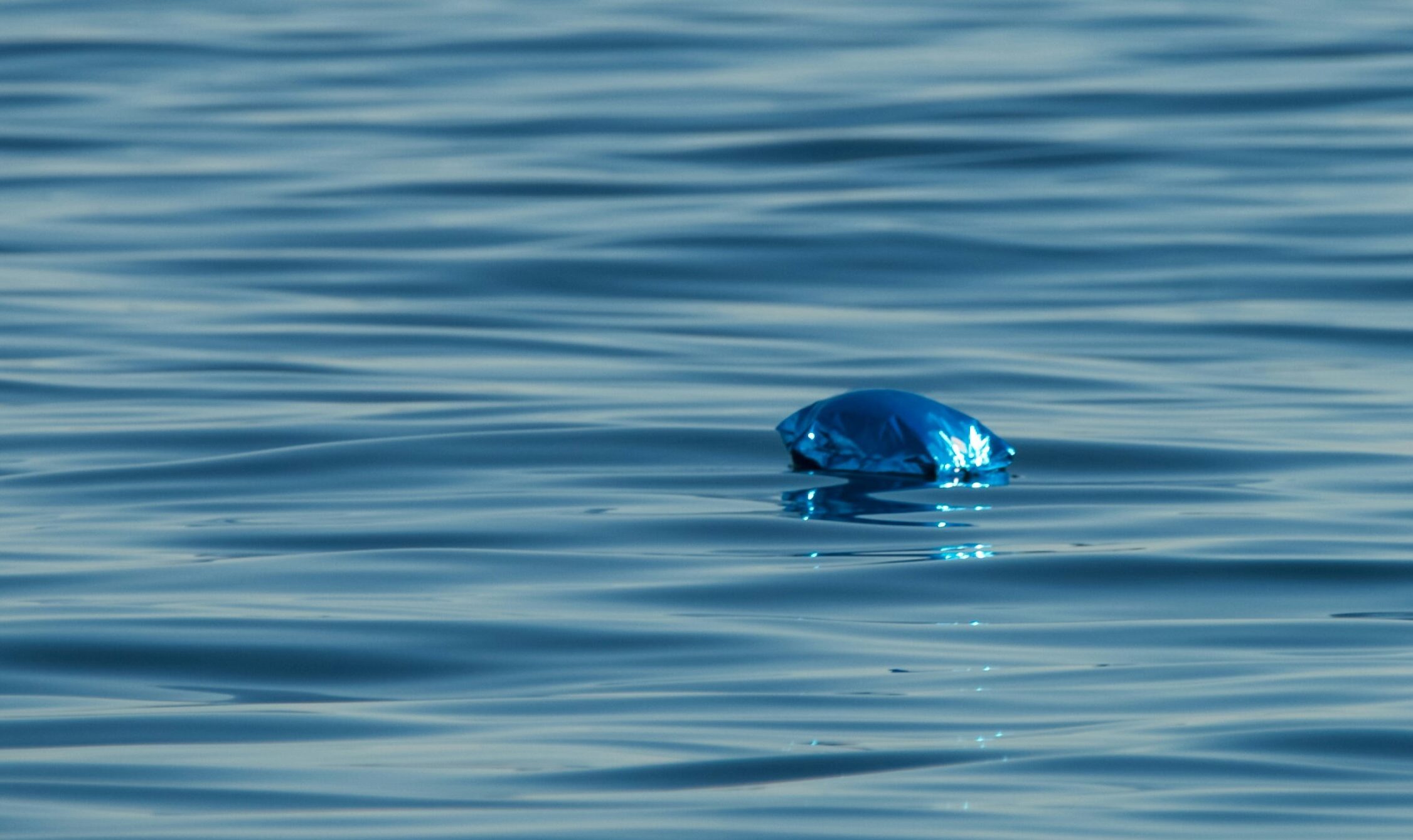Florida House Passes Balloon Release Ban While Study Shows High Mortality Rate Among Seabirds that Ingest Balloons

TALLAHASSEE, Fla. (February 16, 2024)— The Florida State House of Representatives passed House Bill 321, which would ban the intentional release of balloons, by a 114-1 vote on Thursday. The bill now heads to the state Senate for final passage. Ocean Conservancy has worked with Florida legislators for years to prohibit balloon releases because of the harm they pose to marine animals.
“I am grateful to Representative Linda Chaney for her sponsorship of this important bill and to the Florida House of Representatives for taking a stand to defend our oceans against unnecessary and deadly plastic waste, and I hope the Senate will swiftly follow suit,” said Jon Paul “J.P.” Brooker, director of Florida Conservation at Ocean Conservancy.
Ocean Conservancy scientists recently conducted a review regarding known seabird causes of death. They found that nearly 1 in 3 seabirds that consumed even a single piece of balloon died due to balloon ingestion.
“What goes up must come down, and when it comes to balloons, that can have deadly consequences for marine life. The ingestion of a single piece of balloon has the potential to kill a seabird, which shows why even one intentionally released balloon is one too many,” added Brooker.
Ocean Conservancy continuously works to educate the public about the problems balloon releases and other plastic pollution pose to marine life. Ocean Conservancy scientists recently conducted a literature review of research (see attachments) on known seabird causes of death. Researchers took the proportion of seabirds that experienced obstruction or perforation from balloon fragments from the total number of seabirds that ingested balloon fragments, excluding those where the cause of death was unknown. This revealed that among seabird deaths where the cause was known, nearly one in three that consumed even a single piece of balloon died of balloon ingestion. Balloons are the highest-risk debris item – 32 times more likely to kill seabirds than hard plastic.
“The very design of a balloon is what becomes so harmful,” continued Brooker. “The fragments of a popped balloon are easily mistaken as food by seabirds and sea turtles. These studies reveal that only 5.4% of the items ingested by the seabirds were items like balloon fragments, but they were responsible for a whopping 32% of the deaths.”
Ocean Conservancy has mobilized millions of volunteers through the International Coastal Cleanup® to help collect trash and data on the most prevalent types of plastics polluting our beaches, including balloons. In nearly 40 years, volunteers have picked up more than 1.8 million balloons littered across coastlines worldwide. In 2021 alone, volunteers collected 34,921 balloons globally.
Citations for research papers:
Roman, L., Hardesty, B. D., Hindell, M. A., & Wilcox, C. (2019). A quantitative analysis linking seabird mortality and marine debris ingestion. Scientific Reports, 9(1), 1-7.
Roman, L., Butcher, R. G., Stewart, D., Hunter, S., Jolly, M., Kowalski, P., … & Lenting, B. (2021). Plastic ingestion is an underestimated cause of death for southern hemisphere albatrosses. Conservation Letters, 14(3), e12785.
###
About Ocean Conservancy
Ocean Conservancy is working to protect the ocean from today’s greatest global challenges. Together with our partners, we create evidence-based solutions for a healthy ocean and the wildlife and communities that depend on it. For more information, visit http://www.oceanconservancy.org or follow us on Facebook, X(Formerly known as Twitter), and Instagram.
Media Contact